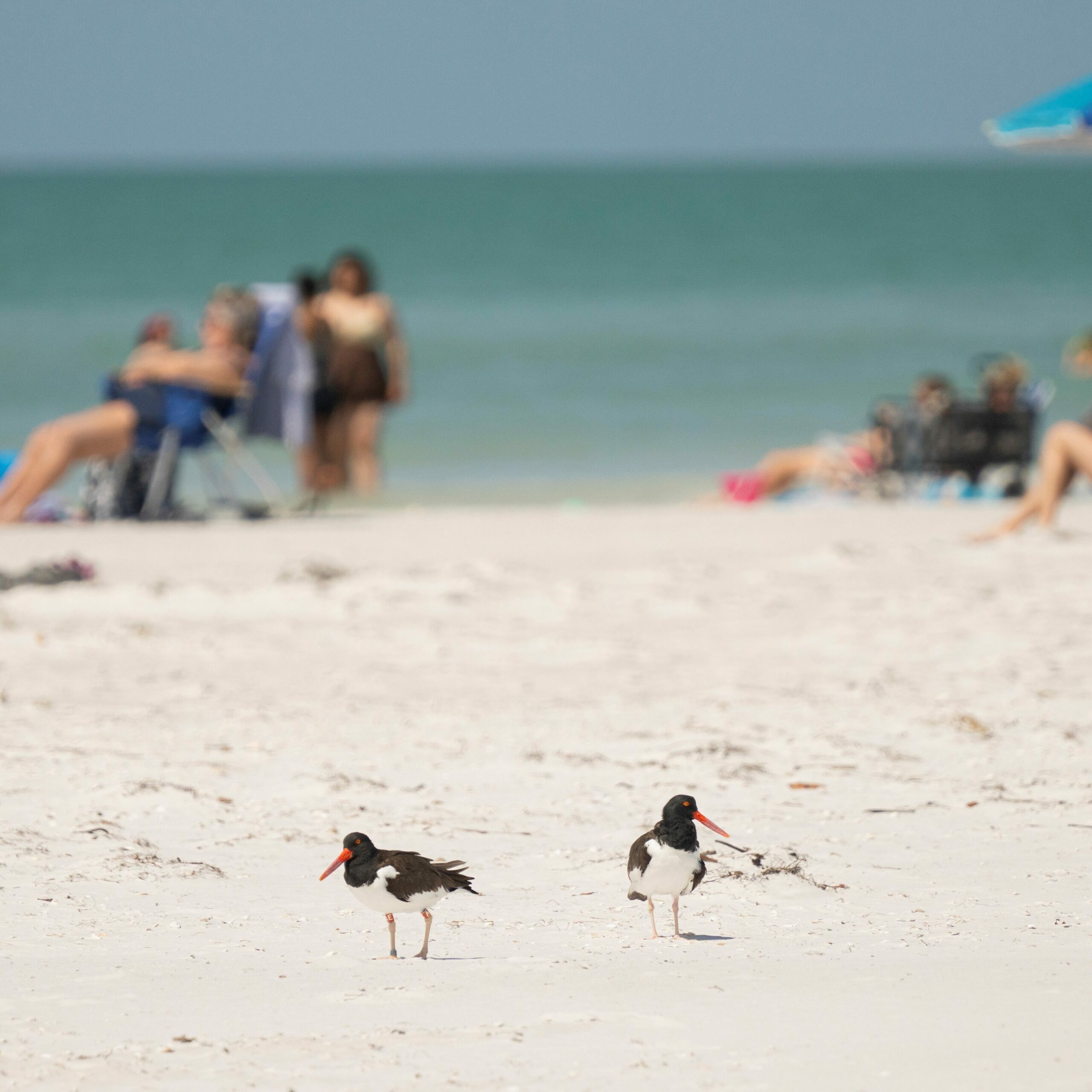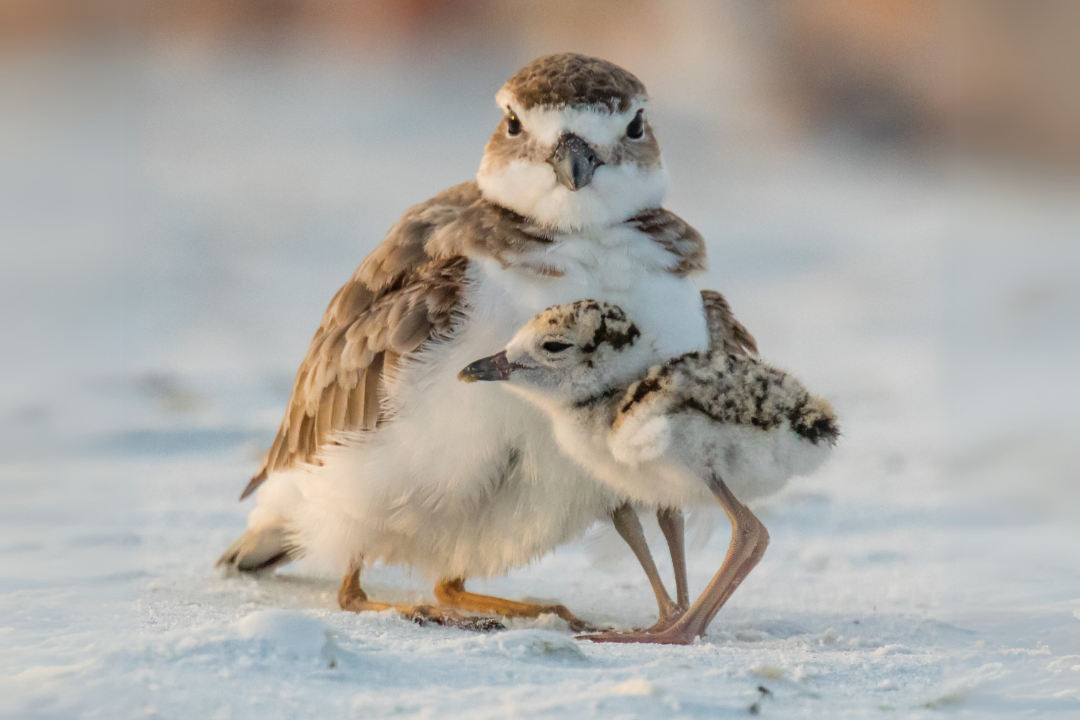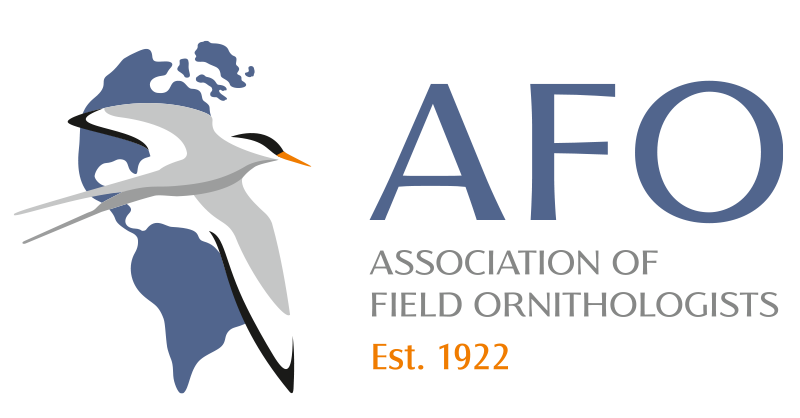The northern Gulf of Mexico boasts over 1,500 miles of coastline, providing diverse habitats such as sandy beaches, tidal flats, oyster and coral reefs, and barrier islands. The warm waters and abundant sunshine attract millions of tourists and local residents each year, creating a focal point of human activity and development. This extensive coastline also provides essential breeding, wintering, and stopover habitat for at least 395 different bird species. Inevitably, overlap between birds and people has increased along these shorelines, often leading to undesirable consequences.

Coastal birds – which include shorebirds, seabirds, and wading birds – are particularly vulnerable to this convergence. Globally, their populations are declining due to habitat loss and/or degradation created by human disturbance, development, predation, collisions with anthropogenic structures and vehicles, and climate change, among other causes. Coastal birds in the northern Gulf of Mexico face many of these threats, prompting a range of management and stewardship efforts to mitigate them.
Following the Deepwater Horizon oil spill, a collaborative network of scientists and resource managers known as the Gulf of Mexico Avian Monitoring Network (GoMAMN) was formed to develop a priority species list and synthesize threats and mitigation strategies for vulnerable birds in the region. This group identified the greatest threats facing coastal birds in the northern Gulf of Mexico: human disturbance and habitat loss and/or degradation, followed by extreme weather events. Over five years later, our team of scientists and resource managers across the Gulf Coast region and beyond conducted a literature review focused on GoMAMN’s priority species. Our goal was to evaluate what progress has been made to mitigate these threats and identify research gaps.
We identified five broad stewardship techniques commonly used to reduce the impacts of human disturbance: signage, symbolic fencing, stewards, education, and beach closures. All of these techniques helped improve productivity, population size, or both for coastal birds. However, considerable gaps remain in this area. Less than a fifth of the studies took place in the northern Gulf of Mexico, and most primarily focused on shorebirds.
We also reviewed habitat management techniques including vegetation management, wetland creation, beach nourishment, dredge-spoil island creation, and reduced or managed beach raking. All of these strategies benefitted shorebirds, seabirds, and wading birds. Studies in habitat management were better represented in the northern Gulf of Mexico and were more evenly distributed across shorebirds, seabirds, and wading birds. However, similar to stewardship research, studies on wading birds were limited.
Overall, we found that there is no one-size-fits-all approach to mitigating these threats. However, our review highlights the benefits of sustained, adaptive stewardship and management efforts that have successfully increased coastal bird populations and breeding success over time. We hope this review will serve as a valuable resource for scientists and resource managers working to reverse the decline of coastal birds in the northern Gulf of Mexico.


Jennifer Fuller and Nicole Michel
National Audubon Society
The results of this study were recently published in the Journal of Field Ornithology:
Fuller, J. L., N. L. Michel, E. M. Adams, A. J. Darrah, A. M. V. Fournier, J. K. Grace, L. Koczur, B. A. C. Kraft, T. J. Maness, S. P. Saunders, C. M. Taylor, K. L. Valentine, and T. J. Zenzal, Jr. 2025. Effectiveness of stewardship and management strategies to conserve coastal bird populations in the northern Gulf of Mexico: a literature review. Journal of Field Ornithology 96(1):7. https://doi.org/10.5751/JFO-00612-960107.
Header photo: Reddish Egret (Egretta rufescens). Peter Brannon/Audubon Photography Awards
